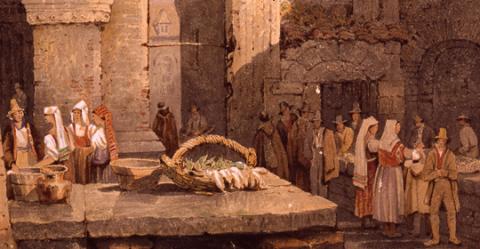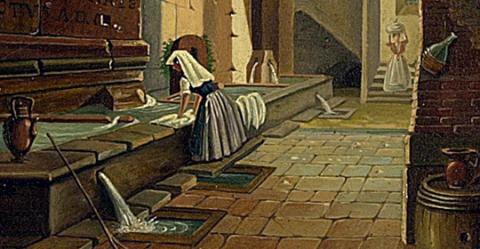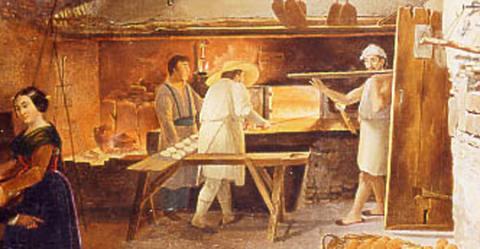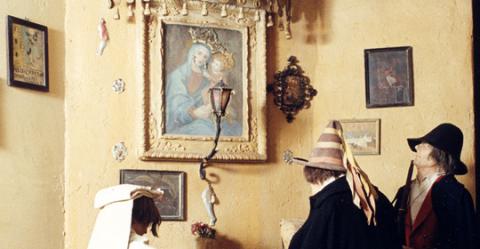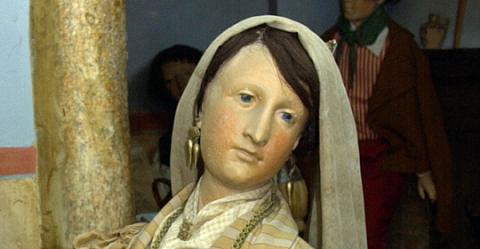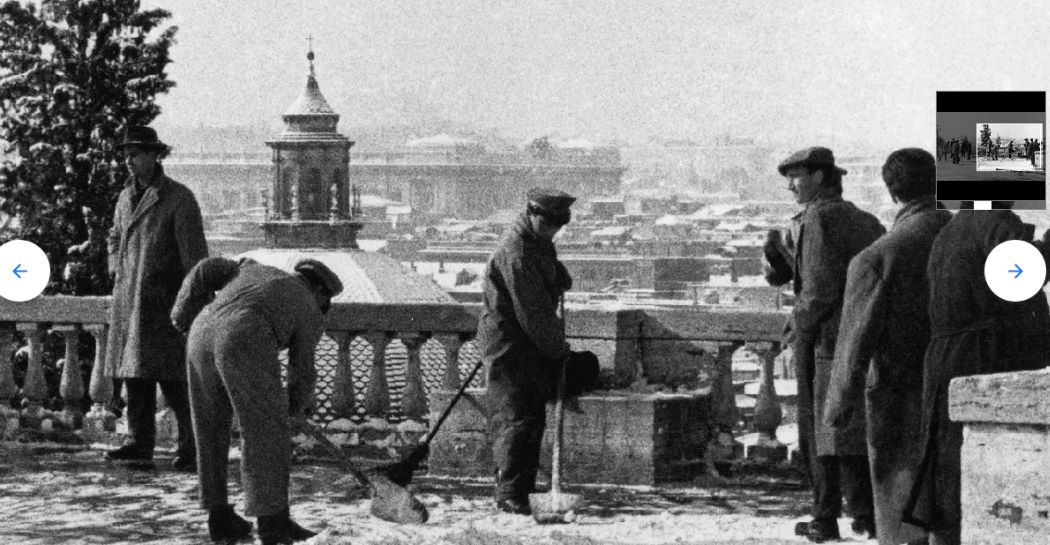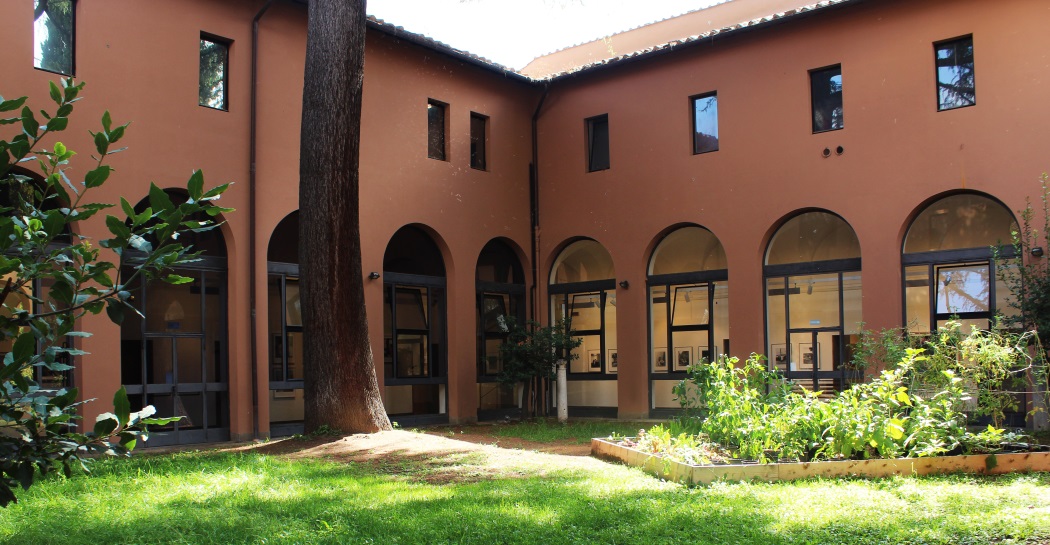Daily life
The image of the Roman populace in the XVIIIth and XIXth centuries which has been handed down to us is vivid and full of atmosphere.
The city has been described, in paintings and photographs, from the second half of the XIX century onwards, in its wealth and in its poverty, especially by the foreigners who came to live there.
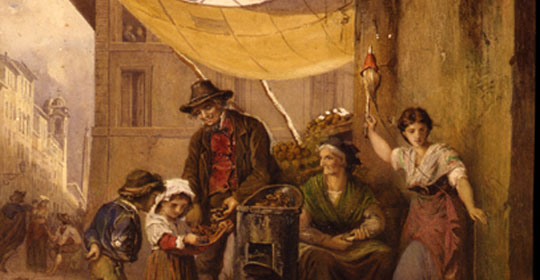

The daily life of the people was an object of constant inspiration, the images it has left have, therefore, been filtered and interpreted through the taste and sensibilities of the artists who portrayed it.
Most of the depictions are sentimental in character; it is necessary to piece together from elsewhere the complexity of a way of living that was strongly conditioned by poverty.
The everyday life of the Roman populace was nourished on a world of values and habits, the heritage of a long history and, above all, of a strong sense of itself which the populace had absorbed over the centuries.
The house was at the centre of daily life, from there it spread to the streets and quatieres and cemented its position through a thick web of exchanges and solidarity between neighbourhoods, which only rarely expanded into other areas or outside the walls, into the fields.
The city and the countryside were connected by the journeys of wagons for transporting wine and other necessary goods. The houses, shops, churches, laundries, markets (where there was usually a public scribe) were connected through habitually used routes, just as elsewhere the same occupations were linked through the same actions during the course of the day or during the changing of the seasons.
During the XIXth century the traditions of the city were gradually worn away until, with the unification of Italy, they disappeared.


























